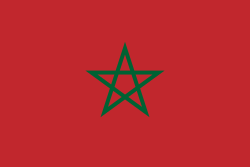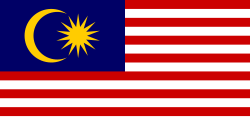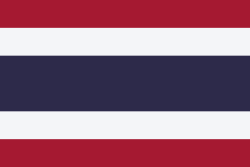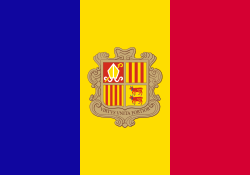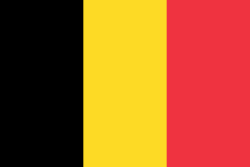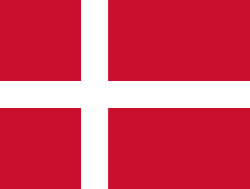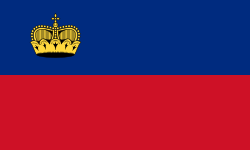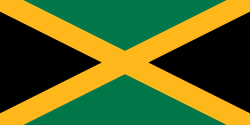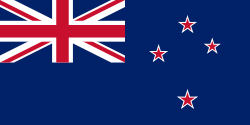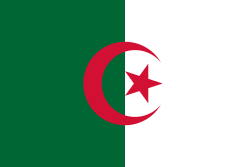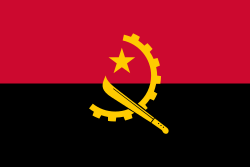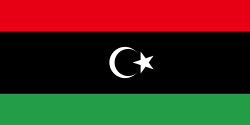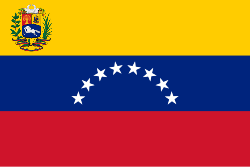Tamim bin Hamad Al Thani
| Tamim bin Hamad Al Thani | |
|---|---|
 | |
| Personlige detaljer | |
| Født | 3. juni 1980 (42 år) Doha, Qatar |
| Ægtefælle | Jawaher bint Hamad Al Thani |
| Mor | Moza bint Nasser Al Missned |
| Far | Hamad bin Khalifa Al-Thani |
| Søskende | Maha bint Hamad bin Khalifa Al Thani, Hind bint Hamad bin Khalifa Al-Thani, Al-Mayassa bint Hamad bin Khalifa Al Thani, Khalifa bin Hamad bin Khalifa Al Thani, Jasim bin Hamad bin Khalifa Al Thani, Joaan bin Hamad bin Khalifa Al Thani, Khalid bin Hamad bin Khalifa Al Thani, Mishaal bin Hamad bin Khalifa Al Thani, Mohammed bin Hamad bin Khalifa Al Thani |
| Uddannelsessted | Harrow School Sherborne International Sherborne School Royal Military Academy Sandhurst |
| Beskæftigelse | Politiker |
| Religion | Sunni-islam |
| Udmærkelser | Storofficer af Æreslegionen *Storkorset af Den Italienske Republiks Fortjenesteorden (2007) *Uafhængighedskæden *Dostyk ordenen af 1. grad *Nishan-e-Pakistan *Republikkens orden *Sheik Zayeds orden *Qatars Fortjenstorden *Den Nationale Merit-orden *Mubarak den Stores Orden *Storkors med kæde af Perus Solorden (2014) |
| Informationen kan være hentet fra Wikidata. | |
Sheikh Tamim bin Hamad Al Thani (arabisk: تميم بن حمد ال ثاني ; født 3. juni 1980 i Doha, Qatar) er den ottende og nuværende emir af Qatar.
Han er den fjerde søn af den foregående emir, Hamad bin Khalifa al-Thani, og blev emir af Qatar den 25. juni 2013 ved sin fars abdikation.[1]
Han er for tiden den yngste af verdens regerende suveræne monarker.
Referencer
- ^ "Sheikh Tamim to take over as Emir of Qatar" (engelsk). 24. juni 2013. Arkiveret fra originalen 25. december 2018. Hentet 19. januar 2017.
Eksterne links
- Genealogy of The Al-Thani Dynasty, Page 7 – Website RoyalArk.net
| ||||||||||||||||||||||
| ||||||
| Spire Denne biografi er en spire som bør udbygges. Du er velkommen til at hjælpe Wikipedia ved at udvide den. |
|
Medier brugt på denne side
The national flag of Kingdom of Thailand; there are total of 3 colours:
- Red represents the blood spilt to protect Thailand’s independence and often more simply described as representing the nation.
- White represents the religion of Buddhism, the predominant religion of the nation
- Blue represents the monarchy of the nation, which is recognised as the centre of Thai hearts.
Flag of Liechtenstein
Flag of Canada introduced in 1965, using Pantone colors. This design replaced the Canadian Red Ensign design.
Flag of Jamaica. “The sunshine, the land is green, and the people are strong and bold” is the symbolism of the colours of the flag. GOLD represents the natural wealth and beauty of sunlight; GREEN represents hope and agricultural resources; BLACK represents the strength and creativity of the people. The original symbolism, however, was "Hardships there are, but the land is green, and the sun shineth", where BLACK represented the hardships being faced.
Flag of Papua New Guinea
Colours: Pantone 186 C for red and 116 C for yellow
Flag of Iran. The tricolor flag was introduced in 1906, but after the Islamic Revolution of 1979 the Arabic words 'Allahu akbar' ('God is great'), written in the Kufic script of the Qur'an and repeated 22 times, were added to the red and green strips where they border the white central strip and in the middle is the emblem of Iran (which is a stylized Persian alphabet of the Arabic word Allah ("God")).
The official ISIRI standard (translation at FotW) gives two slightly different methods of construction for the flag: a compass-and-straightedge construction used for File:Flag of Iran (official).svg, and a "simplified" construction sheet with rational numbers used for this file.
The Flag of Vatican City State, as per the 2023 w:en:Fundamental Law of Vatican City State, reproducing Annex A which contains the official depiction of this version. See 2023 Fundamental Law of Vatican City State, art. 23, n. 1.
This 2023 flag is very similar to the flag used in the 1929 Fundamental Law of Vatican City State, see here, p. 35. Thus, it is in the public domain.
Forfatter/Opretter: LLs, Licens: CC BY-SA 4.0
Tamim bin Hamad Al Zani in 2018 (Lima, Peru).

